
Enter a new dimension of district energy
Discover ultimate network resilience and energy efficiency with Danfoss Titan™ for continuous optimization of substation performance.
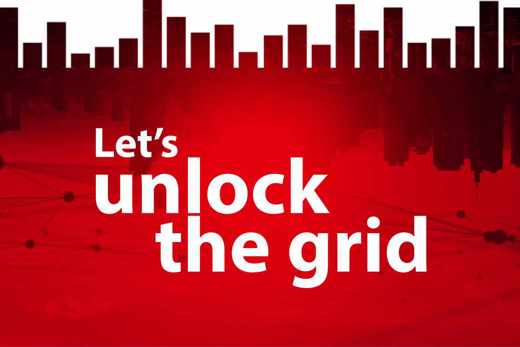
Let's unlock the grid
As the complexity of district energy continues to increase, demands for a stable and efficient grid have never been higher. This makes digitalization the fundamental lever for new generations of district energy and for an optimized grid—from production to distribution and consumption.
Danfoss boasts the industry’s only complete portfolio of proven end-to-end solutions—from innovative technology and components to optimization tools and services. Combined with our extensive hardware domain knowledge and years of experience, we can help today’s utilities not only optimize their supply of district heating but also impact decarbonization and energy consumption in cities.
It’s time to unlock the grid’s full potential. For ultimate cost-effectiveness, energy efficiency, and resilience on the path to a greener future.

Turn waste heat into clean heat with District Energy
Unlock the potential of waste heat with Danfoss. Waste heat recovery is essential for achieving decarbonization goals, transforming underutilized heat sources into valuable energy assets.
Discover innovative solutions that enhance energy efficiency, reduce emissions, and offer significant cost savings. Explore case studies and learn how integrating waste heat into district energy networks can reshape the energy landscape for a sustainable future.

Digital twin technology for substations - Danfoss Titan™
Discover Danfoss Titan™: a groundbreaking solution with digital twin technology. Achieve correct commissioning, enhanced performance, and the lowest return temperature. With intuitive cloud commissioning and continuous optimization, you ensure optimal settings for different working conditions. Enjoy 1-3 °C reduction in return temperature, actionable insights , reliability, and the shortest commissioning time. Experience energy efficiency and savings like never before.

Heating Microgrid powered by Danfoss
District heating microgrids paves the way for a more efficient future. Whether in cities or rural areas, they enable communities to efficiently harness and utilize renewable heating sources, providing a reliable and resilient heating solution.
Articles
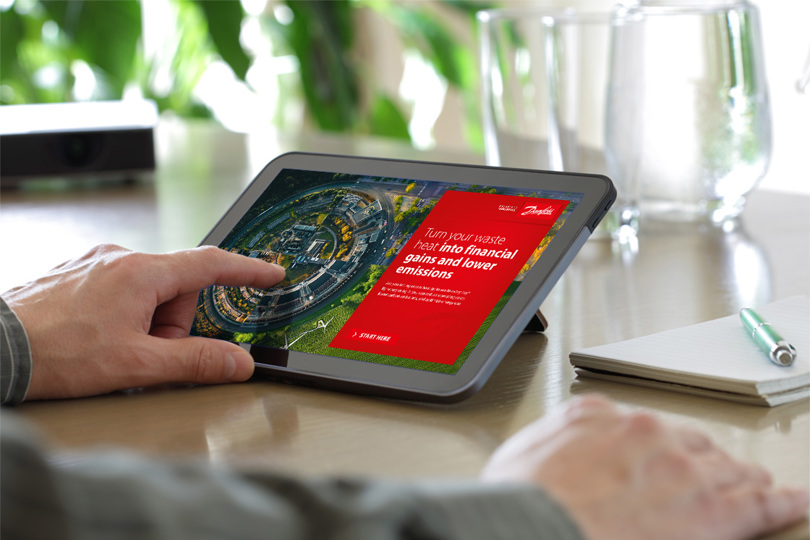
Turn your waste heat into financial gains and lower emissions
Unlock the value of waste heat and optimize energy use with sector coupling. Discover how combining heating and cooling systems can cut costs, reduce emissions, and support your sustainability goals.

Decarbonization with integrated cooling and heating energy systems and heat recovery
Join Drew Turner as he breaks down the art of merging diverse energy sectors to boost efficiency and drive decarbonization efforts. Learn about the innovative, yet practical ways to harness this strategy, like repurposing excess heat from cooling systems for heating needs elsewhere. You’ll also discover the potential of integrating renewable energy sources into the power grid, while addressing the challenge of supply-demand equilibrium.
Trends driving district energy
The shift in the district energy sector from single source to multi-source, from fossil fuels to renewables and surplus energy, and from high temperature to low temperature district heating, brings with it several key challenges.
Danfoss end-to-end district energy solutions deliver actionable insights enabling continuous optimization and optimal temperature control on both demand and supply side.
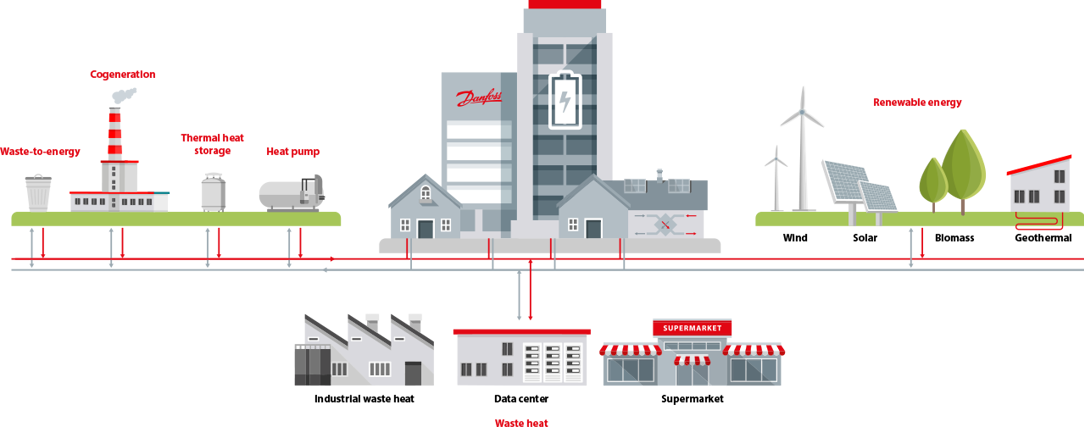

Sector coupling: smart energy videocasts
Introducing the smart side of the energy system using sector coupling to connect the different energy sectors. This setup can support decarbonizing the energy supply and fight against climate change.
We also encourage you to watch our case specific videos from Copenhagen and Sonderborg on how small- and large-scale district heating systems play an integral part of sector coupling.

Re-engineering energy efficiency: Heat networks explored
District energy networks can make a huge impact on the road to decarbonization. Find out why – and how the Danfoss HQ walks the talk – in this podcast with Jonas Loholm Hamann, Head of Business Development for Danfoss District Energy.
End-to-end optimization
Addressing main challenges in district energy

Uncover the potential of district heating
Increasing the share of Europe’s heat demand covered by district heating will boost both savings and energy efficiency. Check out our infographic to explore the potential in district heating systems.
How we can help you
Product portfolio for district heating and cooling applications in networks and buildings
Consultancy and customer dedication
Innovation, technical optimization and performance
Safety and reliability in cooperation
Global reach with strong local representation and know-how
One experienced partner for optimal plant operation, optimal network operation and delivering perfect service to your customers
Tools and apps

Danfoss Heat Selector
The Danfoss Heat Selector is a best-in-class online selection tool that optimizes planning process for heating application experts.
Case stories
Something went wrong. We are working on this. Please, try again a bit later.



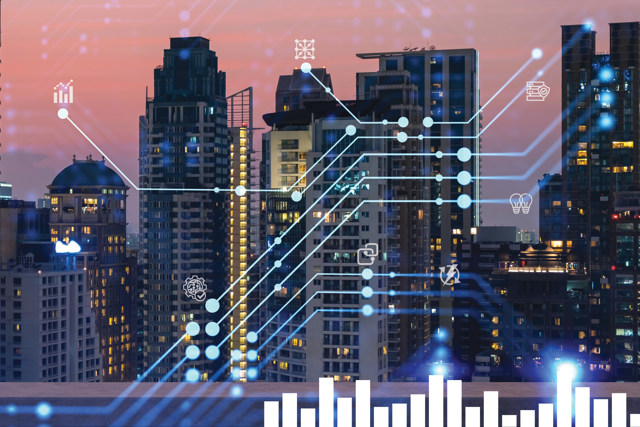
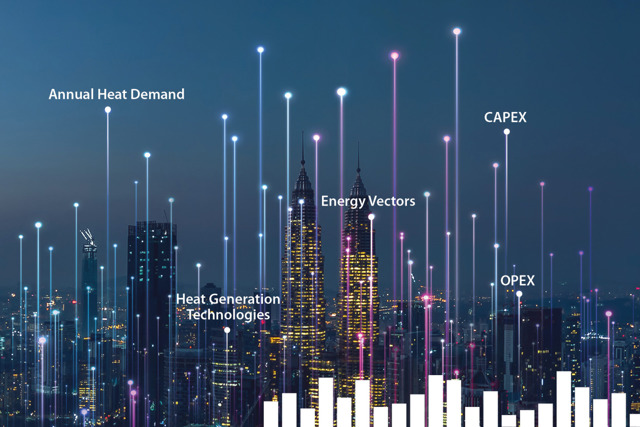

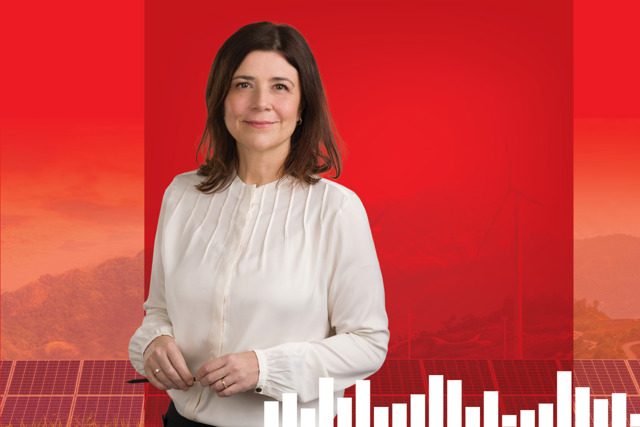



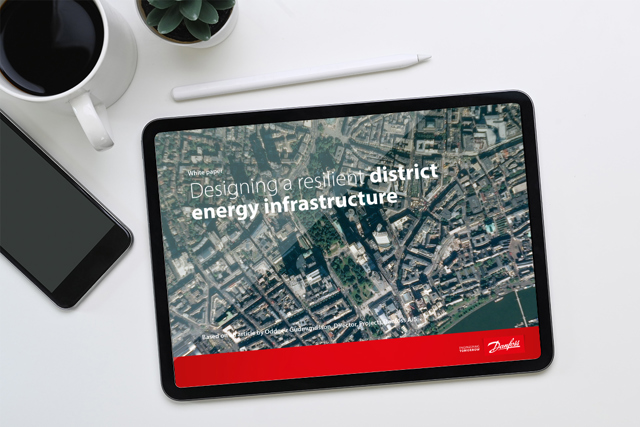
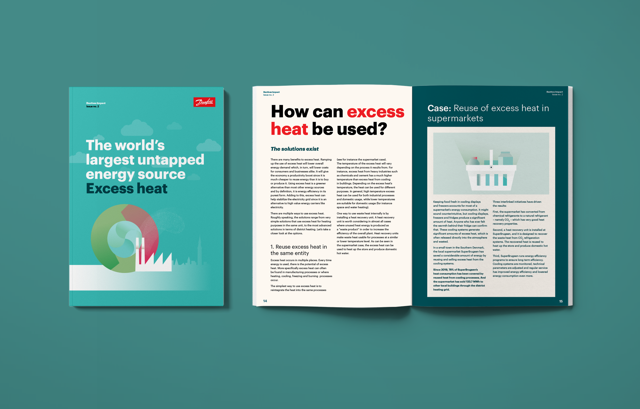
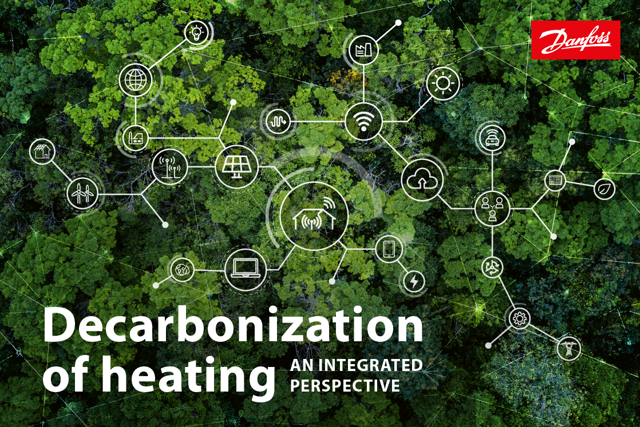
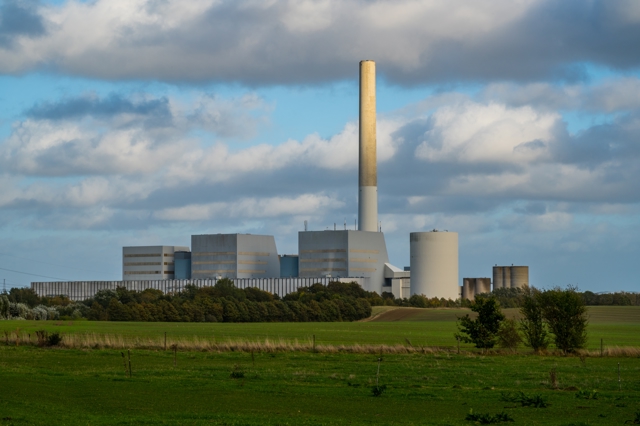


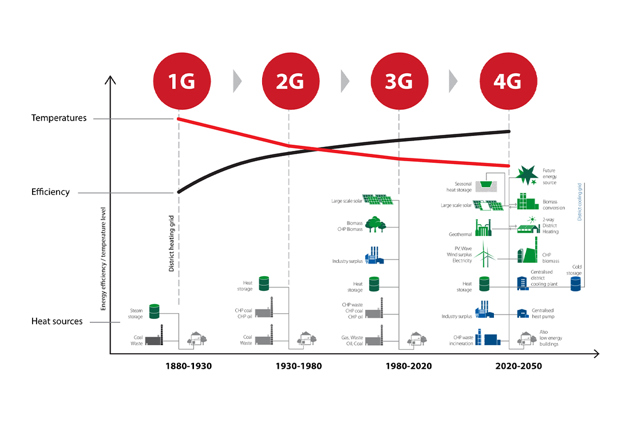
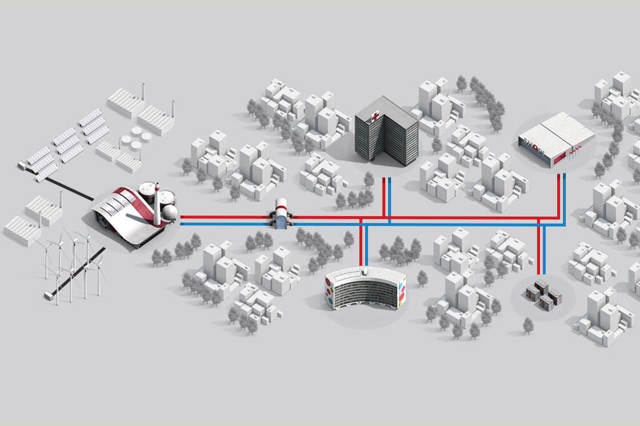
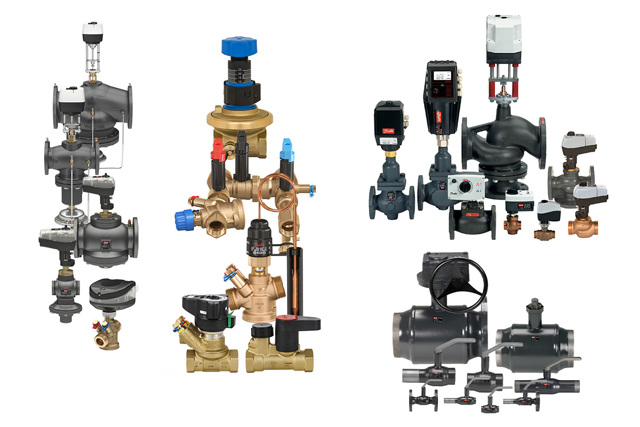

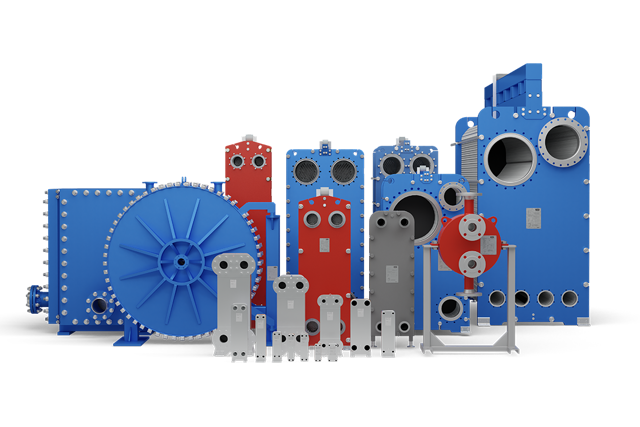
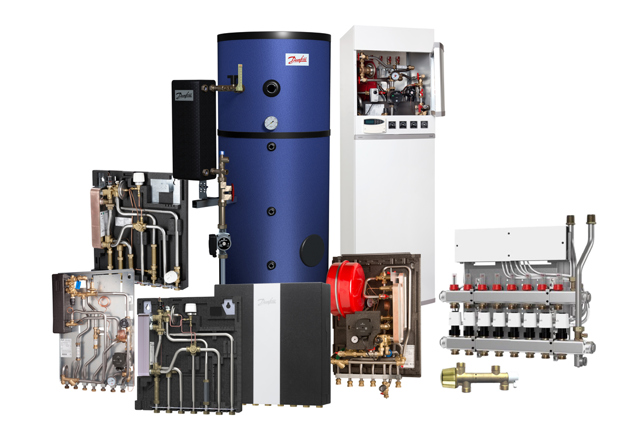
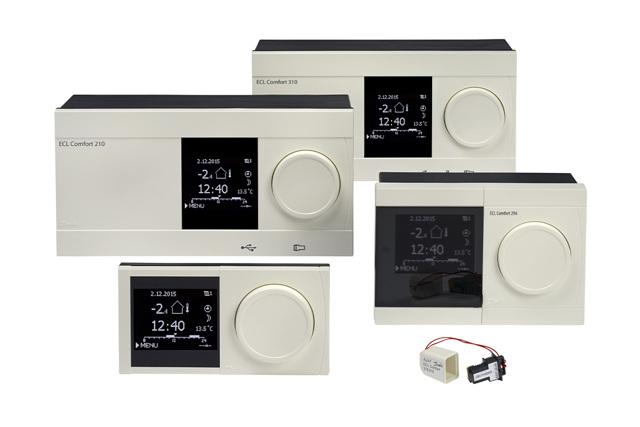
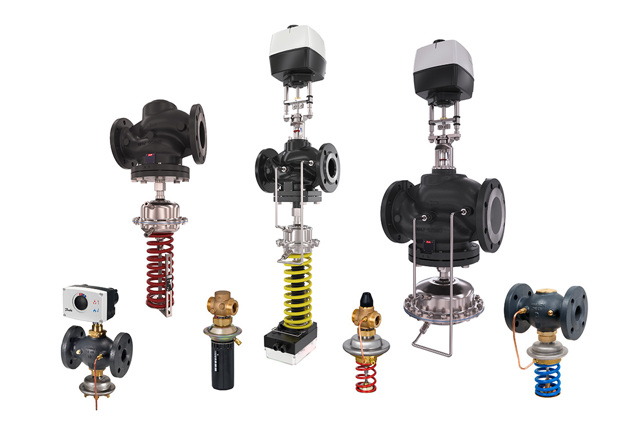

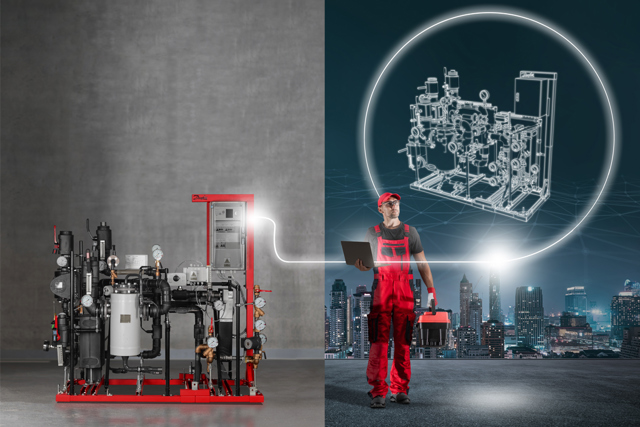

Our study compares heating and cooling solutions in Rome, showing that 4GDHC offers the most cost-effective and energy-efficient approach. Discover how low-temperature district heating can transform urban energy systems.